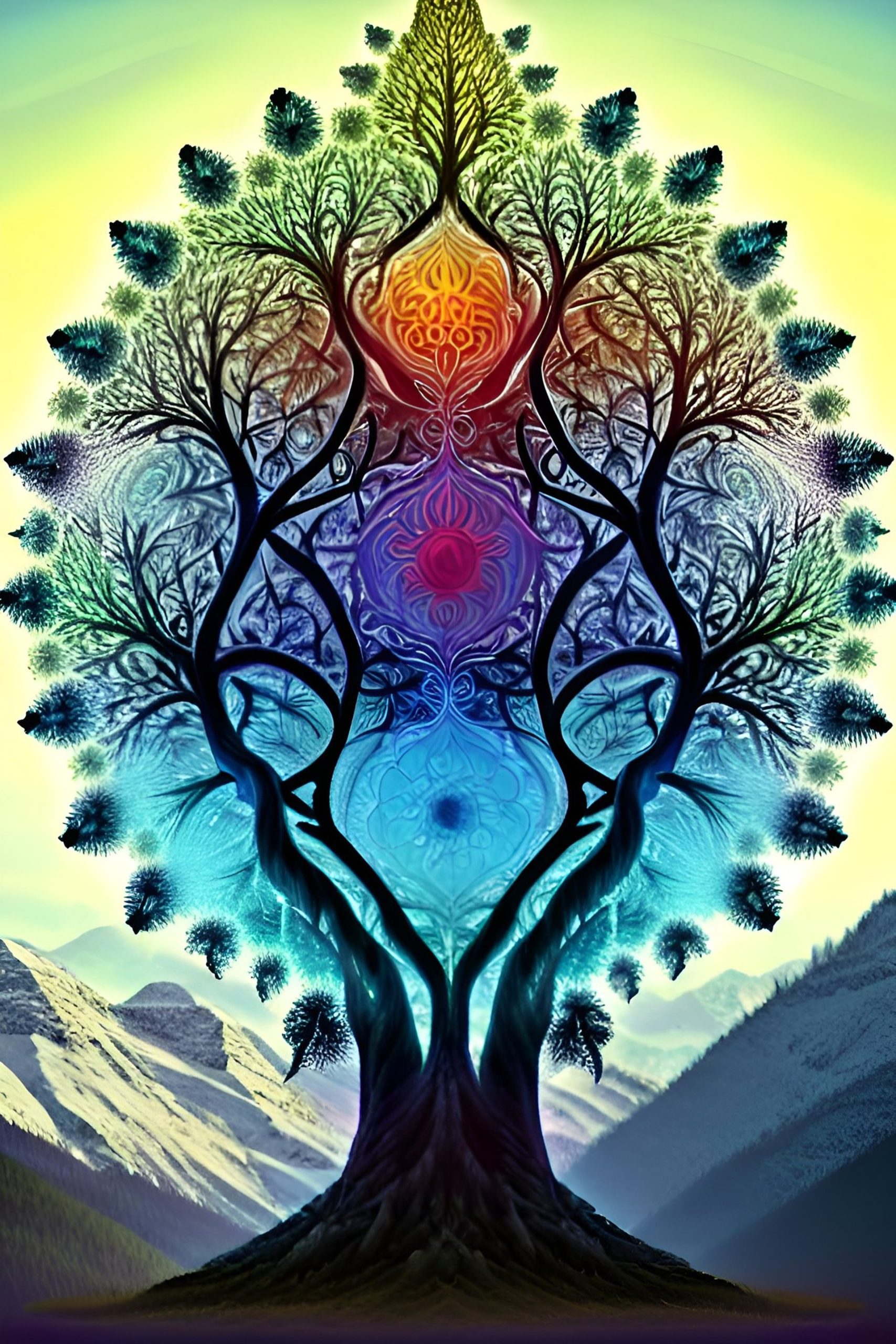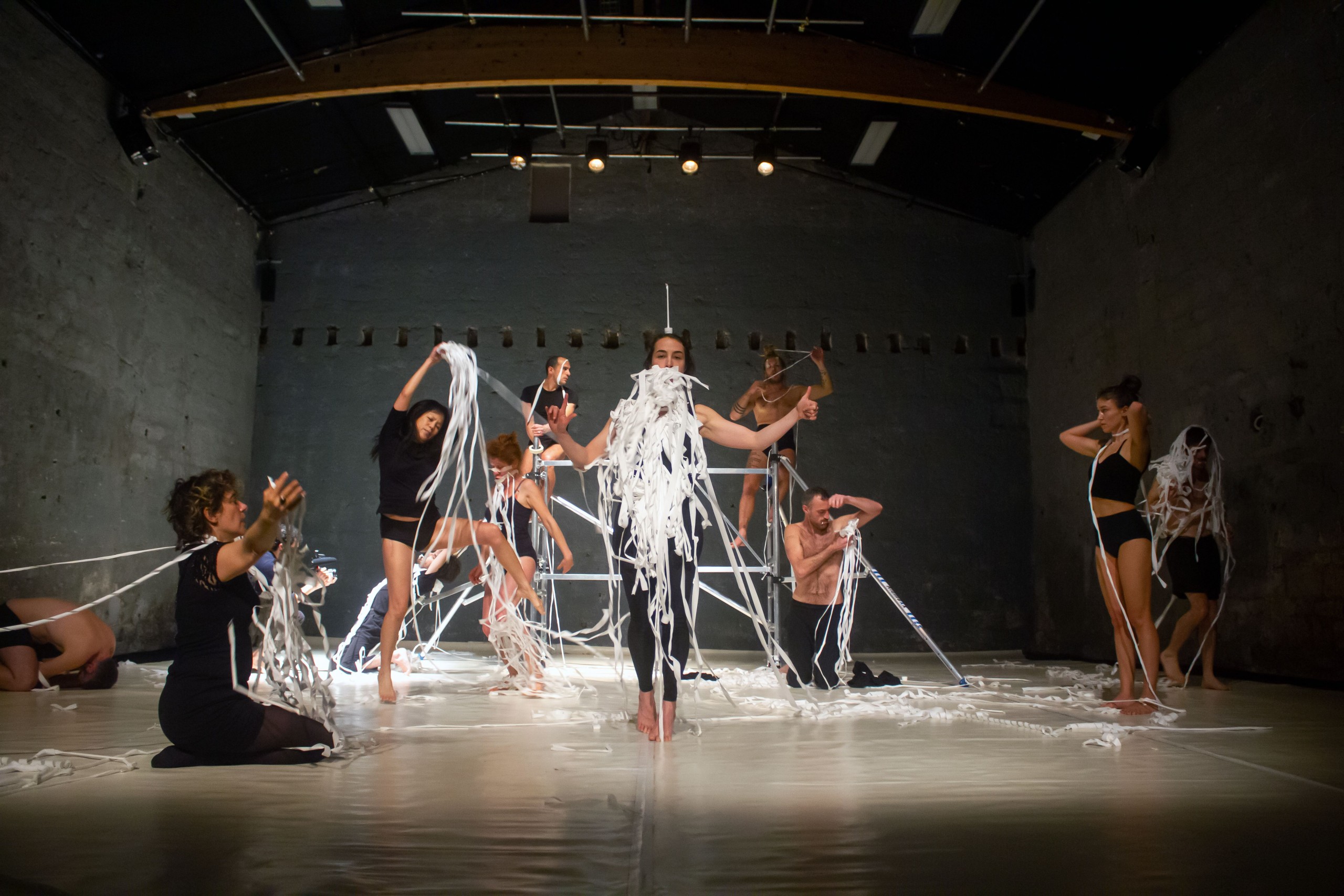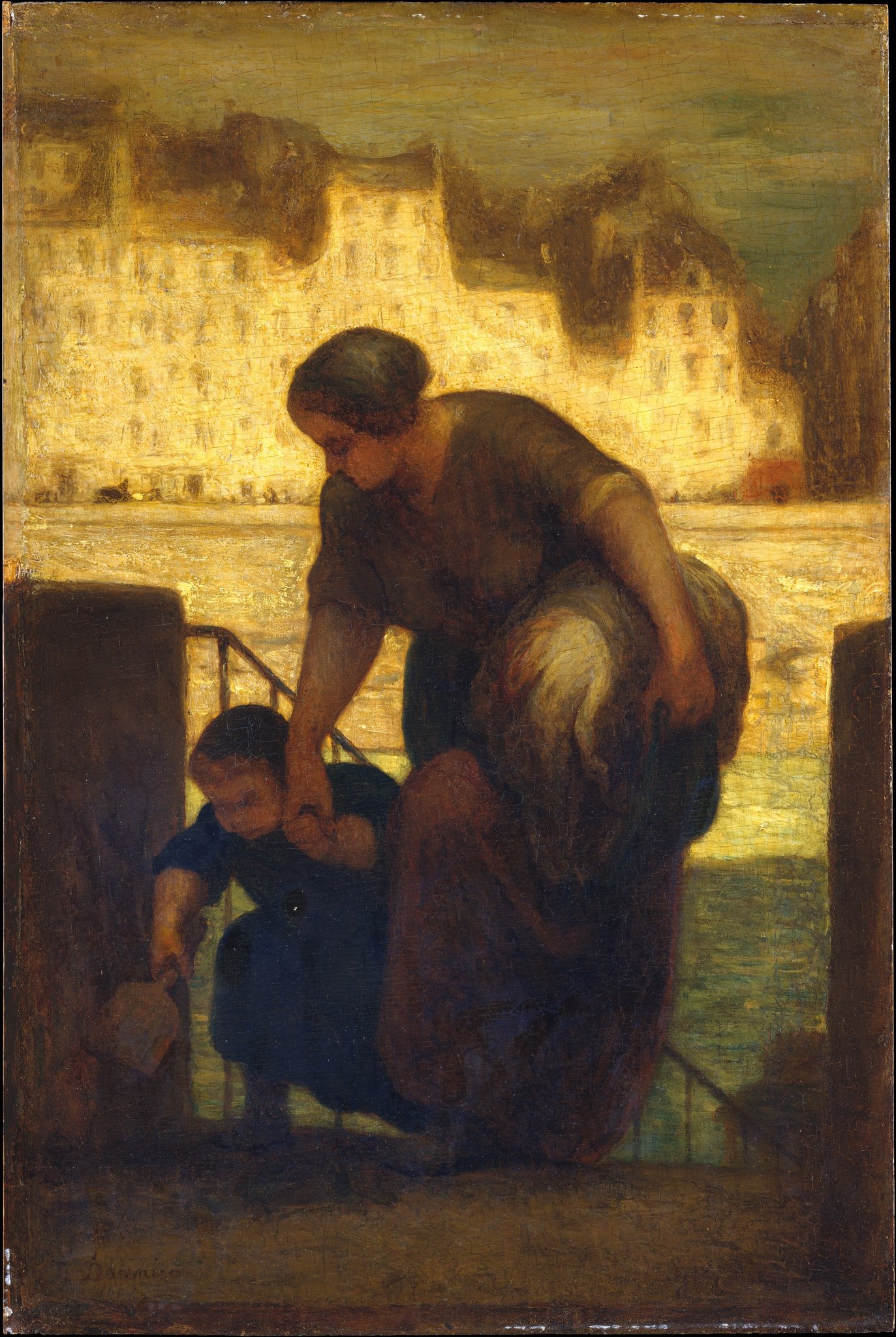Art Technology Exploring New Frontiers in Creative Digital Expression
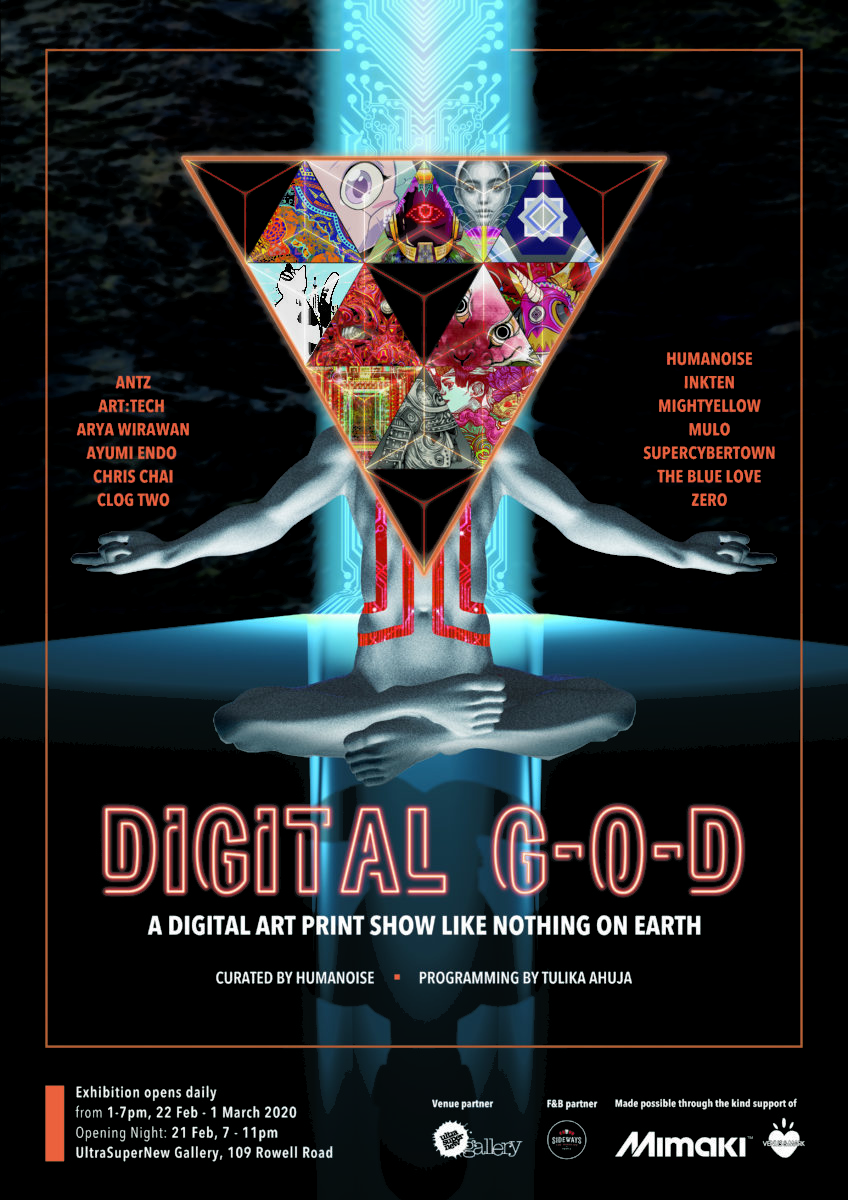
Introduction
The intersection of art and technology has ushered in a transformative era for creative expression, challenging traditional boundaries. As digital tools evolve, artists gain unprecedented access to new mediums and innovative techniques, allowing for an explosion of creativity. This shift not only enriches the artistic landscape but also redefines how audiences engage with art.
With the rise of digital platforms and software tools, individuals are empowered to explore their creativity like never before. From digital painting and 3D modeling to interactive installations and virtual reality, the possibilities are vast. Such advancements open new channels for storytelling, collaboration, and immersive experiences, making art more accessible and relatable.
In this article, we will unveil the top 5 digital tools and platforms that are revolutionizing the way artists create and share their work. Each tool represents a different facet of the dynamic relationship between creativity and technology, showcasing how they can coexist and enhance one another. Prepare to dive into a world of innovation and discover valuable resources that could inspire your own creative journey.
DISCOVER MORE: Click here for a step-by-step guide
Top 5: Arte e Tecnologia – Exploring New Frontiers in Creative Expression through Digital Tools
In the era of rapid technological advancement, art has transformed dramatically. The intersection of art and technology has opened endless possibilities for creative expression. This article delves into the top five new avenues where technology meets art, offering artists innovative tools and inspiring fresh creations. Join us as we journey through these exciting developments that are shaping the future of creativity.
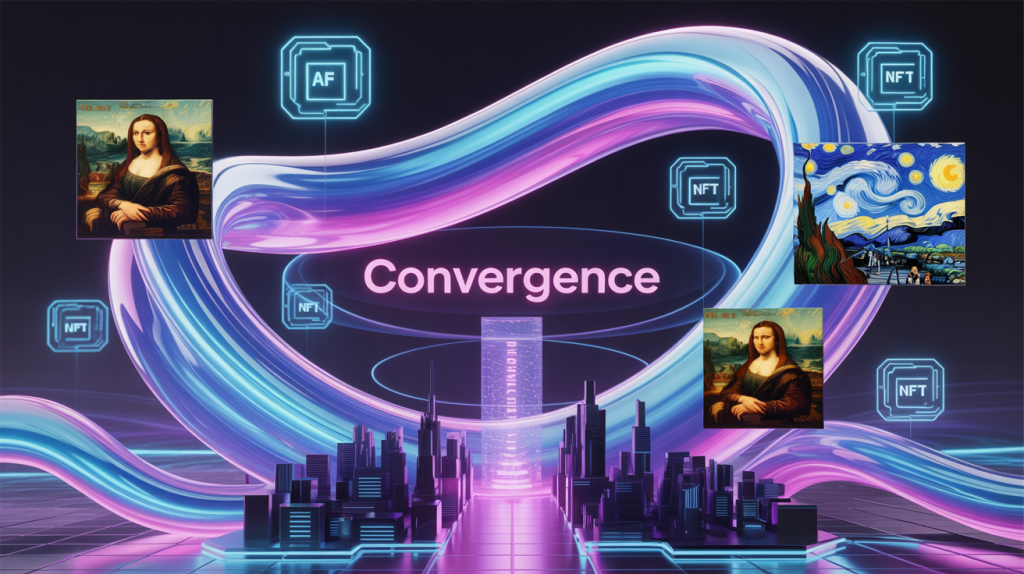
5. Digital Illustration Software
Digital illustration software stands at the forefront of modern art-making, revolutionizing traditional artistic methods. With intuitive programs like Adobe Illustrator, CorelDRAW, and Procreate, artists of varying disciplines find themselves equipped with tools that were once unimaginable. These programs cater to an array of artistic styles, ranging from traditional fine art to edgy graphic designs. The magic of digital platforms lies in their functionalities, such as layering, an extensive library of brushes, and customizable tools that facilitate limitless experimentation. Artists now can create refined works with mechanical precision and are no longer boxed by the fear of irreversible mistakes, as the simple ‘undo’ function liberates their creative spirit.
Moreover, digital illustration software has democratized art creation, allowing more individuals to express themselves creatively without the higher costs of physical materials. Aspiring artists across the globe can access these tools from their devices, transforming bedrooms into studios and screen into canvases. The integration of cloud technology further enhances collaborative projects, enabling artists to work seamlessly across continents.
The influence of digital illustration is evident in fields such as marketing, education, and entertainment. Brands leverage these tools to produce visually stunning advertisements, while educators use digital art to make learning more engaging through infographics and animated presentations. In the realm of entertainment, these platforms contribute to the intricacies of video games and animated films, breathing life into stories that captivate audiences worldwide.
4. 3D Printing
3D printing technology symbolizes a transformative leap in how art is realized and appreciated. Initially popular in industrial design and manufacturing industries, this technology has been enthusiastically embraced by the art world. By employing computer-aided design (CAD) models, artists can now transform digital blueprints directly into three-dimensional objects, breaking away from the limitations imposed by traditional sculpting methods.
This innovation introduces unprecedented levels of intricacy and complexity in physical artwork. Artists can sculpt with precision, experiment with unconventional materials, and realize fantastical ideas that were once confined to the imagination. The technology supports an integrative approach to mixed media, allowing artists to incorporate robotics or embedded electronics into sculptures, creating pieces that are interactive and dynamic.
3D printing has also played a significant role in fostering an environmentally sustainable art practice. Artists can optimize material usage to minimize waste, using biodegradable materials and recycled plastics to produce their work. This sustainable approach aligns the artistic community with eco-conscious movements, advocating for a future where artistic exploration does not come at the expense of the environment.
3. Virtual Reality (VR) Art
The advent of Virtual Reality (VR) has ushered in an immersive, interactive horizon for both creators and audiences. VR technology expands beyond traditional two-dimensional media, allowing artists to construct entire worlds filled with narratives, emotions, and explorative paths. Tools such as Oculus Medium empower artists to create and sculpt within a boundless three-dimensional space, stimulating a multifaceted interaction between the creator and their creation.
In this virtual sphere, art viewers become active participants rather than passive observers. They can navigate through virtual installations, interact with components of a piece, and experience multi-sensory elements such as sight, sound, and even touch. This novel approach to art also challenges creators to rethink storytelling, weaving narratives that are enriched by the spatial freedom VR provides.
Moreover, VR art has significant implications in terms of accessibility. Individuals who might never visit a physical art gallery can experience world-class exhibitions from the comfort of their own homes, broadening the audience base for artists. This technology is not only transforming the consumer aspect of art but also how art is taught, allowing educators to virtually guide students through historical periods, styles, and techniques with unmatched immersion.
2. Augmented Reality (AR) Art
Augmented Reality (AR) blends the tangible and digital realms, offering artists a ground-breaking platform for expression. Through AR applications such as Adobe Aero, artists can layer digital elements over real-world scenes, producing rich, interactive experiences that invite viewers to engage in unique ways.
Interactive storytelling takes center stage with AR, where art evolves based on the viewers’ choices and movements. This technology allows seamless fusion of narrative layers into artwork, making each encounter with the piece potentially unique and personal. AR art is not merely an extension of traditional methods; it represents a pivotal evolution that significantly enhances the emotional and intellectual connection between the artwork and its audience.
AR technology’s influence extends into the world of public art, where entire cities can transform into interactive galleries. Murals and street installations come to life with augmented data that tell the story behind their making or convey pertinent social messages. This capability sparks a deeper discourse among community members and elevates public art engagement.
1. Artificial Intelligence in Art
Leading the charge at the intersection of art and technology is the provocative use of Artificial Intelligence (AI) in creating art. Tools like DALL-E and DeepArt immensely contribute to this frontier, utilizing complex algorithms to blend styles, themes, and composition into innovative artworks. This fusion challenges established conventions regarding creativity and artistic authorship.
The introduction of AI into the creative process sparks a dialogue about the very nature of art itself. When AI is used to originate art, questions arise: What is the role of the human artist? How do we define originality? These inquiries fuel rich academic and philosophical discussions, ushering in a new era of contemplation about the future of art and technology.
Additionally, AI acts as a collaborative partner, offering artists the opportunity to explore fresh combinations of textures, formats, and concepts. This dynamic partnership allows artists to transcend beyond their singular vision and embrace new possibilities, effectively broadening their creative landscapes.
As we traverse the expanding landscape of art and technology, it is evident that the possibilities are limitless. Each innovation empowers artists to break free from conventions and embrace new methods of creative expression. Whether it’s through digital illustrations, 3D printing, VR, AR, or AI, these tools are shaping a diverse and exciting future for the world of art.
| Category | Details |
|---|---|
| Digital Art Creation | Digital tools have revolutionized the art-making process, enabling artists to push boundaries through software like Photoshop and Illustrator. The use of virtual reality (VR) and augmented reality (AR) allows for immersive experiences that negate traditional constraints. |
| Collaboration and Community | Platforms such as Behance and ArtStation foster a communal space for artists to share work, receive feedback, and collaborate across borders. This connectivity nurtures a rich tapestry of diverse perspectives and innovation in contemporary art. |
| Art Education and Accessibility | Online courses and tutorials have democratized access to art education. Aspiring creators can learn from professionals worldwide, exploring new techniques and mediums that might not be available locally, thus enhancing the global dialogue in art practices. |
| Interactive Installations | Artists are now utilizing technology to create interactive experiences, blurring the lines between the viewer and the artwork. These installations often incorporate sensors and digital interfaces, inviting viewers to engage and participate actively, thereby shifting the traditional passive viewing experience. |
In this evolving landscape, the intersection of art and technology not only enhances creative expression but also invites a rethinking of how art is experienced in the contemporary era. Digital tools equip artists with unprecedented resources, empowering them to challenge traditional forms and explore bold new ideas. This synthesis opens avenues for deeper engagement, allowing for an ever-expanding definition of what art can be.
DISCOVER MORE: Click here for unique hobby ideas
Frequently Asked Questions about Art and Technology
What are the main digital tools used in modern creative expression?
In today’s digital age, artists employ a variety of tools to enhance their creative expression. Popular software includes Adobe Creative Suite, which offers programs like Photoshop and Illustrator for graphic design and image manipulation. For digital painting, platforms such as Procreate and Corel Painter are widely used. Additionally, 3D modeling software like Blender and Autodesk Maya allow artists to create intricate three-dimensional artworks.
How has technology influenced traditional art forms?
Technology has significantly reshaped traditional art forms by introducing new techniques and mediums. For instance, the invention of the digital canvas permits painters to experiment without the limitations of physical materials, offering infinite undo and layering capabilities. Furthermore, technology facilitates global art sharing and collaboration through online platforms, expanding the audience and impact of traditional artworks.
Can technology limit creativity in art?
While some argue that technology could potentially limit creativity by offering predefined tools and templates, it also challenges artists to explore new horizons. The abundance of options can inspire innovative approaches, pushing boundaries beyond conventional methods. Artists often find that digital tools can be customized to their unique vision, enhancing rather than constraining their creative output.
What role does artificial intelligence play in creative processes?
Artificial intelligence (AI) is emerging as a significant player in the art world, offering new possibilities and collaborations. AI algorithms can generate artworks, suggest design elements, and even mimic the styles of renowned artists. By analyzing vast databases, AI can inspire human artists by presenting novel ideas and patterns. However, the integration of AI also raises questions about authorship and originality in art.
How do digital platforms impact the accessibility of art?
Digital platforms have democratized access to art, enabling artists from diverse backgrounds to showcase their work across the globe. Websites like DeviantArt, Behance, and ArtStation offer spaces for artists to connect with audiences, sell their creations, and gain feedback, thus bypassing traditional gatekeeping in galleries and exhibitions. This shift has broadened opportunities for aspiring artists and encouraged a more inclusive art community.
DIVE DEEPER: Click here to enhance your photography routine
Conclusion
In exploring the intersection of art and technology, the article “Arte e Tecnologia: Explorando Novas Fronteiras na Expressão Criativa através de Ferramentas Digitais” reveals a dynamic landscape where innovation and creativity collide. As we delve into this digital renaissance, it becomes evident that the integration of technology has not only transformed artistic processes but also expanded the boundaries of creative expression.
The fusion of art and technology has introduced a multitude of tools, such as virtual reality, augmented reality, and artificial intelligence, which offer artists unprecedented opportunities to experiment and create beyond traditional mediums. These innovations are not just altering how art is produced but also how it is perceived, offering audiences immersive and interactive experiences. By embracing these tools, artists can transcend physical limitations, enabling creative endeavors that were once unimaginable.
Moreover, digital platforms are empowering both aspiring and established artists to reach global audiences and collaborate across distances. This democratization of art, fueled by technology, is fostering a vibrant and diverse cultural exchange. However, it is crucial to navigate these advancements with a mindful approach, ensuring that the integrity and authenticity of the artistic process remain intact.
As we move forward, it is imperative to continue exploring and understanding the implications of technological advances on creative hobbies. The intricate balance between preserving traditional art forms and embracing new digital possibilities will define the future of creative expression. By staying informed and curious, artists, technologists, and audiences alike can collectively shape an evolving narrative that celebrates both innovation and tradition in art.
Ultimately, the journey into digital creativity is ongoing, inviting each of us to participate in and contribute to this exciting frontier, ensuring that art remains a powerful tool for communication, introspection, and inspiration in the digital age.
